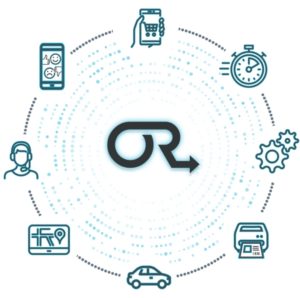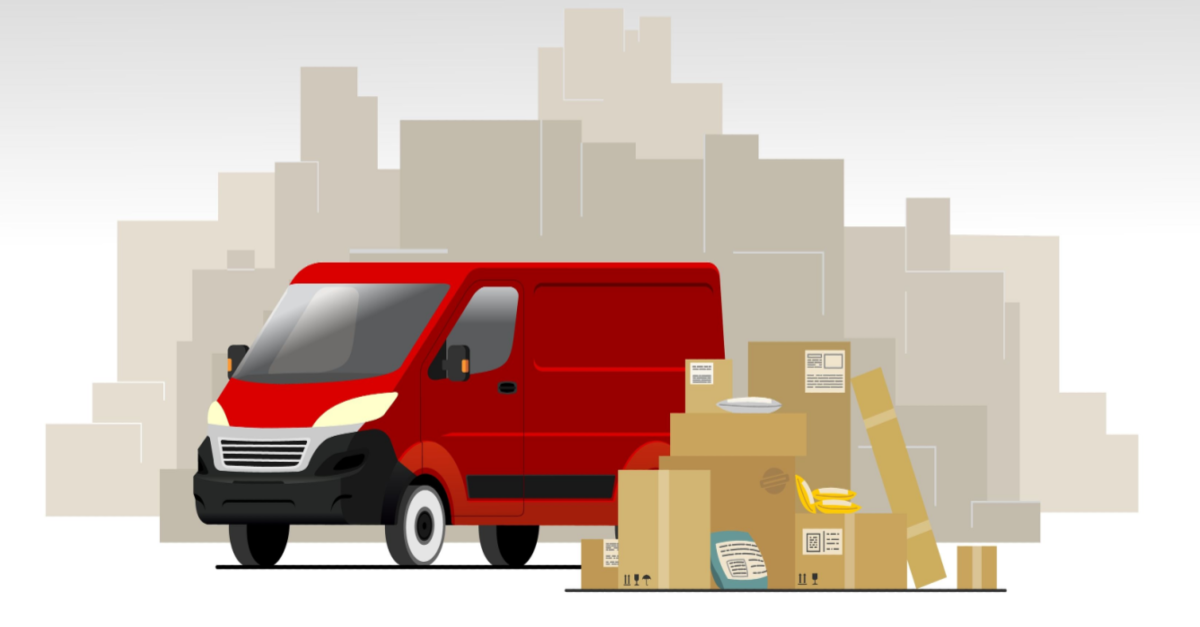What goes into supply chain management and decision-making? First, there’s no shortage of data and evidence to support the need for quality decisions and accuracy in all aspects of logistics, especially as shipment challenges mount by the day.
When there is more pressure for logistics managers to utilize effective logistics management as a competitive advantage, things go awry. For example, as consumers increase the delivery of smaller packages to their homes with the rise of e-commerce shopping, there is pressure on those managers, by the C-suite in some cases, to optimize last mile capacity procurement and delivery management.
However, that supposed data loses value if today’s shippers cannot get visibility into logistics processes to source exceptions and identify weaknesses along the supply chain in real-time.
A lack of supply chain integration and an inability to manage by exception compounds the problem. Delivery exceptions cost eCommerce merchants billions of dollars and thousands of customers every year. Almost 11% of shipments fall short of expectations and encounter delivery exceptions, according to Project44, such as a delay in transit, incorrect address, or damaged package.
As Steve Zurier of SC Media reported, supply chain integration problems cost 38% of companies more than $500,000 annually. These costs result from poor customer experiences and the inability to meet delivery promises. In other cases, customers may pursue a competitor with the desired product in stock. Therefore, it is critical for shippers to match their existing delivery flows to the right technology stack to reduce friction in the shipping process. This article will take you through what to look for in a delivery solution tech stack that enables a frictionless execution of all orders and reduces shipment challenges.
Orders Should Trigger Instant Action
There is a misconception in logistics that the burden of planning delivery starts upon entering an item into a typical transportation management system. However, the actual optimization opportunity is when a customer clicks to purchase. There is also the consideration that last mile delivery planning should begin when a customer finds out what shipping will cost. Regardless, any order completed within a customer-facing system should trigger an instant action to query the respective system of record. In turn, that action begins additional events that ensure the delivery is made on time, in full, and without excess costs. In a report by Big Commerce, 38% of customers will not purchase with a merchant again following just one bad delivery experience. In comparison, 60% will choose the same product with another vendor if they find more convenient delivery options.
ETAs Should Be a Focal Point of the Planning
The service level agreement (SLA) should immediately generate an expected arrival time (ETA) when delivery is processed. This initial notification sets the expectation for how the customer experience will go. As a result, meeting that ETA is the basis for all other movements.
Integrated Systems Should Find the Best Rate Possible
Knowing when an item is supposed to be delivered is only half the battle. Shippers must ensure they are working with a quality and reliable courier or driver. Yes, the rate to ship packages is important. Still, with high customer expectations of speedy, reliable delivery, shippers must consider the total cost of shipping, including the cost of a lost customer. Any platform or service provider utilized should process feedback daily to ensure the surfacing of courier options sorted by the highest reliability ratings. How? It is a combination of people and integrated systems to orchestrate delivery management.
When a last-mile delivery platform, like OneRail, is integrated into the shippers’ various supply chain-related systems via API, the shipper has a mechanism to choose the right courier vehicle type, with the highest reliability, at a cost that’s within the shipper’s budget. The vehicle types are varied and include examples such as box trucks, sprinter vans, hybrids, drones, and bikes). The API should instantly find the lowest-priced courier at the right SLA. Understanding the SLA is crucial to ensure that the delivery results in a positive customer experience, regardless of peak season demand or the ebb and flow of non-peak seasons. After all, a low-performing courier at a lower cost could result in higher overall expenses to the shipper from lost future orders and beyond.
Automated Printing of Labels Should Make Pre-Shipping Work Seamless
A frictionless process for overcoming shipment challenges must also consider each order’s labeling and packaging requirements. An automated system should print labels, validate shipment details, and pass such information along to the courier. It’s also important to ensure that the label reflects the overall brand tone that a shipper wishes to convey.
Couriers Should Receive Dispatch Notifications Without Haste
Instance dispatch notifications to couriers also eliminate guesswork and keep everyone informed of the order status. Such activity further reduces the risk of a missed delivery and helps couriers plan their routes to pick up a shipment before the delivery begins.
The System Should Continuously Optimize the Route to Deliver Faster
After picking up an order, couriers are still subject to the same traffic and weather conditions as everyone else. The existing plan for an optimized route can change in an instant. For example, what happens if a traffic accident occurs and delays all movements down a specific highway? That question emphasizes the need to optimize the delivery route continuously. Further, overcoming typical shipment challenges also means considering the possibility that more delivery orders will be added while en route. Thus, the system should constantly scan routes and perform route optimizations for the courier’s most efficient route. An efficient route is more sustainable. as the optimization will have tangential benefits, including reducing empty and total miles, lowering costs, and reducing greenhouse gasses or carbon emissions.
Support Teams Should Be Ready to Help With Unplanned Issues
Service, data, and integration can solve parcel delivery problems. However, without an integrated quality process, the issues can range from failure to complete a delivery to a change of address through full delivery cancellation. A quality logistics support team is the key to a seamless delivery experience. Around-the-clock logistics experts can assist with these exceptions to create the best delivery experience.
The System Should Support a Positive Customer Experience and Capture Feedback
The last step to avoiding and overcoming shipment challenges is ensuring the system supports a positive customer experience and tracks that experience. In other words, the system should obtain customer feedback to understand how the delivery went. After all, this is the only way to truly gauge the overall effectiveness of the entire process through last-mile delivery. The system can also capture customer experience via surveys and the proof of delivery (POD) to eliminate the additional risk of returns and avoid potentially fraudulent claims processes.
Do All the Above, Overcoming Shipment Challenges by Tapping the Value of OneRail Today



